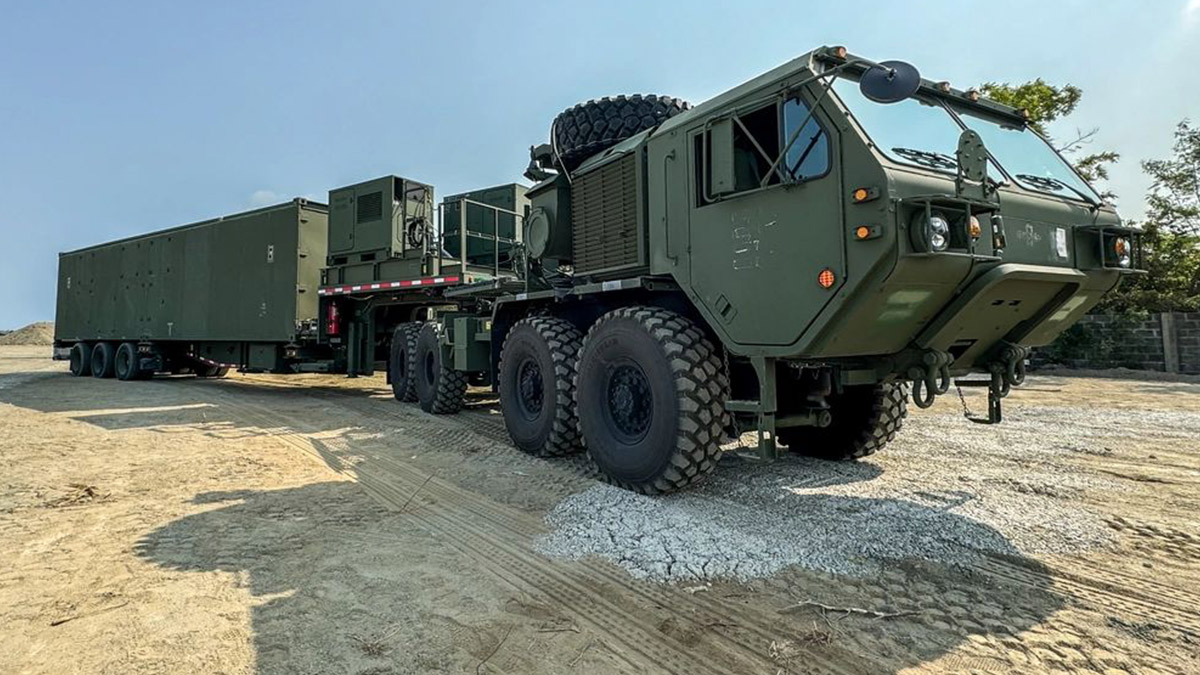I would consider, hmmm....., three things.
1. What is the status of technology for medium range SAMs/ABM? ie, if we buy something today, how much life has that got against a threat that is rapidly evolving? And if the answer is not much, how far away is the tech that can cope with those threats? If both answers are a handful of years, why buy now? Remember the Government's direction about MOTS/COTS and Australian modifications.
2. What are the production lines like? Noting there are currently at least three countries (two in a shooting war) that use the same/similar weapons to what could fulfil ADF requirements, how long until we get a weapon? And, if the answer is a few years, see (1).
3. What are we defending? There are very few single points of failure within Australia, and when you compare the beating that British, German and Japanese cities took in the 40s
and kept on operating, what exactly are we defending? And what is the actual cost of defending those areas?
There seems a really bizarre thinking of IADS in and out of uniform. Cruise missiles aren't magical beasties, you need
dozens and dozens to hit and destroy targets that are defended by Syrian air defence, let alone anything modern. Even then, generally speaking, they are no bigger than a Mk 84 bomb. They'll shred what they hit, but the cant do much around that. Look at how hard NATO worked to design weapons to kill airfields, because a bunch of HE won't do it. Further to that, SAMs are part of the answer. At the moment, we have SM-2, F-35, F/A-18E, EA-18G, E-7, eNASAMS, 30/35 mm, EW, ISR and a whole bunch of other stuff that helps shape our response. It's about layers, and we have a bunch that is getting better and better and being integrated. Could we do with more layers? Hell yes. Let me add that to the list of things we could do with more of...
All of that assumes that killing incoming is the answer. There are other answers too. Why not distributed airfields and likely targets? Hitting two fuel tanks on RAAF Darwin is easy? Fine, make 40 tanks that are 5 km of either side of the Stuart Highway between RAAF Darwin and Humpty Doo. That's nearly 400 sq km - good luck getting a raid big enough to kit them all. Make more runways, comms nodes, hospitals. Find the single point targets and duplicate. Remember how hard it was to kill a Syrian airfield, now kill 4. Or 5. There are 324 km between RAAF Darwin and RAAF Tindal - how many rudimentary airfields can be made within 25 km of the highway? Hell, within 100 km of the highway? Concrete is cheap, make them all match RAAF Darwin's runway, have a pre-sited area for a truck with ATC arrive, have hardened comms nodes and some hardstanding to temporarily hold some civilian fuel tankers and hey presto - a good enough for war site. Apply that across those critical points and guess what, you now have national resilience. There is only one power station in Darwin? Make 3. Have Defence pay half. Now it doesn't matter if Cyclone XXX or a H-6 raid comes over, Darwin has power.
Like I said, IAMD simultaneously bewilders and amuses me. When you factor in the the tech required, its capabilities and what people claim they want protected, it pretty much makes Attack SSKs look cheap. The harsh reality is that Australian soil will be struck, Australian civilians will be killed. We need to start having that discussion to start building national reliance. And the most horrible thing? Some of those casualties will be from Australian ordnance falling back to earth...

